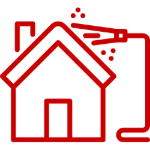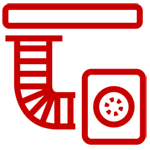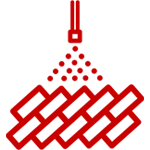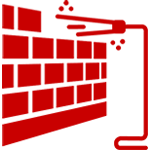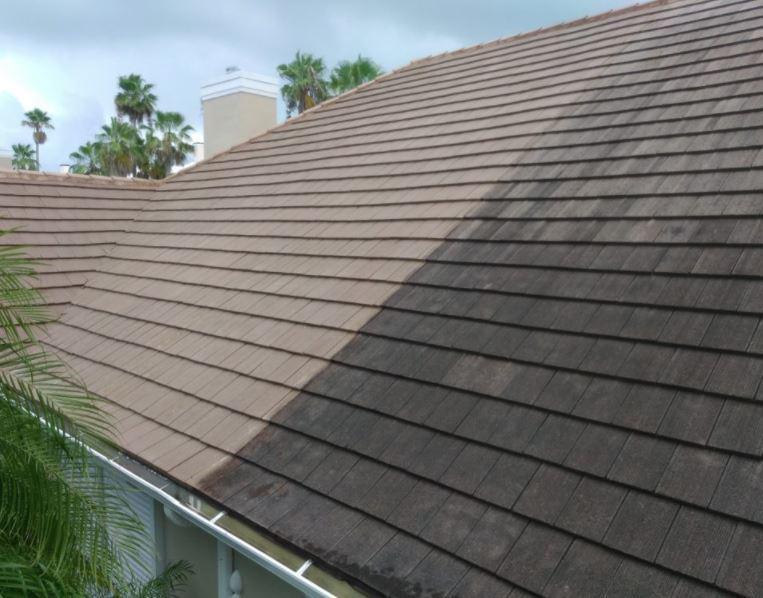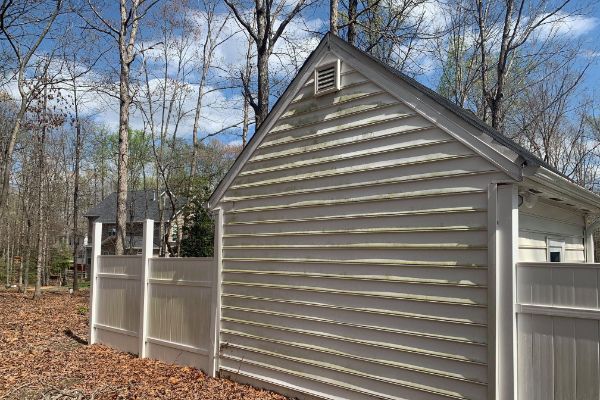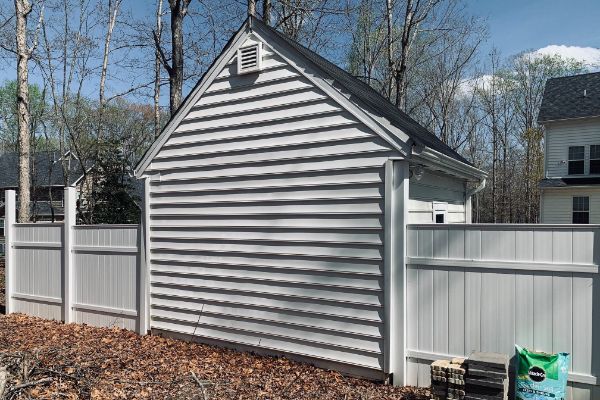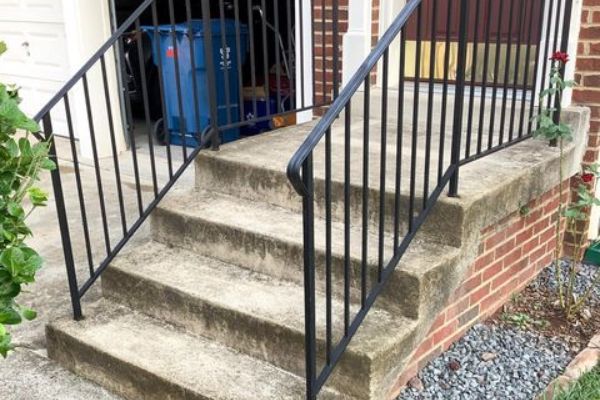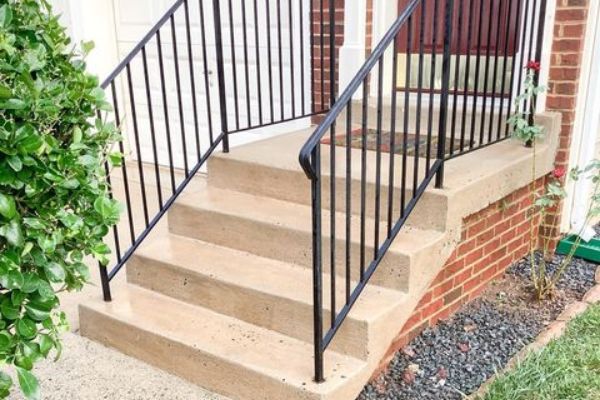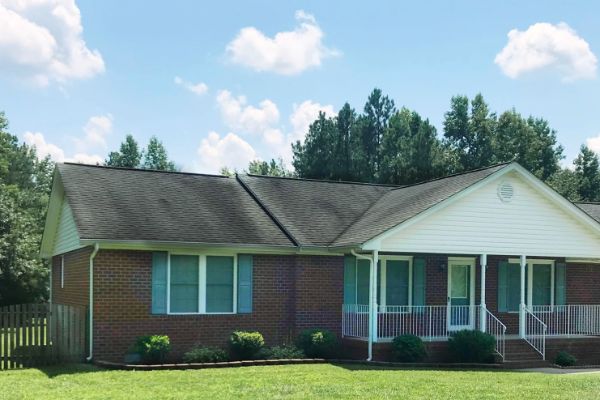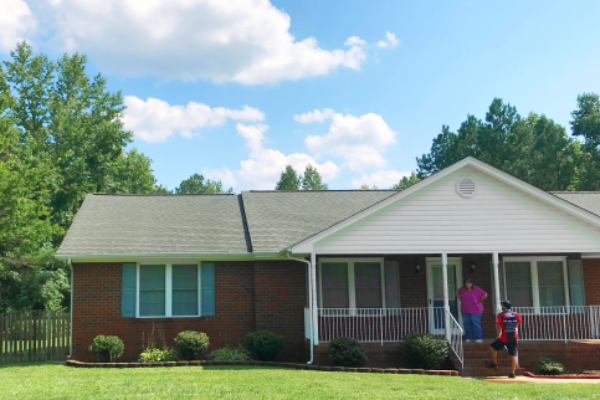If you want your roof to look great, you should give it a professional clean. There are many methods for cleaning your roof, including power washing, soft washing, and leaf blowing. Biocides are also an option to consider. These can help reduce algae growth and odors. In addition, they can prevent future deterioration of the roof by eliminating mold.
Soft washing
Soft washing is an alternative method of cleaning your roof that is becoming increasingly popular. Over time, the exterior surfaces of your home can become discoloured and stained from climatic mould, mildew, and moss. If left untreated, these areas will continue to deteriorate. It is therefore important to clean these areas as soon as possible to prevent the discolouration from recurring.
Soft washing is safe and effective at killing algae and other organisms living on your roof. However, it can damage your roof if you’re not careful and use improper tools and techniques. Soft washing should be done with low pressure, about the same as a garden hose, to protect the integrity of your roof for years to come.
Soft washing your roof involves using chemicals designed specifically for this purpose. Unlike household detergents, these chemicals dissolve thick dirt and debris without the use of high pressure. You must choose a solution that is safe for your roofing materials, such as metal, clay, or concrete. A good soft wash solution will contain a chlorine compound, such as sodium hypochlorite, which serves as a bleaching agent. You can also use diluted household bleach or other surfactants to clean your roof.
Power washing
Power washing a roof can be an effective way to get rid of dirt and debris. However, it is important to use the right equipment for the job and have a qualified professional do it. Roof power washing should be done at least once a year to keep it clean. You can find a qualified power washing company through referrals, word of mouth, or online reviews.
There are several advantages to power washing your roof. First, it doesn’t damage the roof itself. Power washers are designed to be easy to use. The water pressure is low enough that they won’t damage the surface of your roof. The only disadvantage to this method is that it will damage the shingles if you don’t use the proper amount of water. Also, it can cause serious damage to your roof if you use too much pressure.
Power washing your roof will also reveal areas that need repair. Algae and moss can damage your roof, and algae growth can be unattractive. Moreover, power washing will remove debris that blocks the roof surface. It will also remove mold spores, thereby maintaining a healthy living environment.
Leaf blowing
There are a few things to remember about leaf blowing when washing roofs. First, it’s important to use protective gear, as a blower can be very messy! Also, you’ll need to repeat this process at least twice, so make sure you don’t wear anything that could get caught in the nozzle!
Using a leaf blower is also not a good idea if your roof is steep. It is important to use a ladder and an assistant to help you stay stable while you use the tool. When you’re using a leaf blower, try to aim it towards one area of the roof at a time, as too many leaves in one area can cause a fire hazard.
You’ll also want to clean the gutters as well. A good gutter cleaner will help keep the leaves from clogging the gutters. It’s important to pick a day when the weather is clear and the roof isn’t too steep. A rake can remove loose leaves and debris from your roof. However, you should avoid blowing leaves across the shingles, as this can cause them to lift or tear.
Cleaning with biocides
Biocides are effective in killing fungi and algae. You can apply the biocide liberally to the entire surface area, using a brush or low-pressure sprayer. Once applied, leave the roof to dry for about 7 days. Although it is possible to apply biocides on your own, it is better to seek professional help to ensure a high level of safety.
Biocide treatment is effective at penetrating into the lapping surfaces of the roof by capillary action. The treatment kills any existing biofilms, preventing their re-growth in the future. It also kills all growth spores. This prolongs the life of the roof treatment.
Biocide roof cleaners must be compatible with the material that they treat. They should be applied liberally to the surface and should remain in place for at least 7 days. Proper application requires appropriate personal protective equipment, including chemical-resistant clothing and gloves. During application, it is important to keep children, pets and the general public away from the treated surface. Once the biocide cleaner has dried, rinse it thoroughly with clean water, being careful not to allow the biocide solution to flow into surface drains or flowerbeds.



